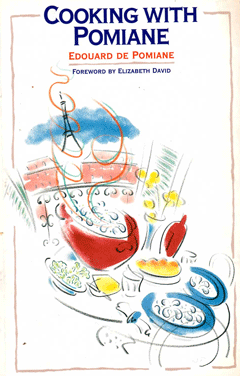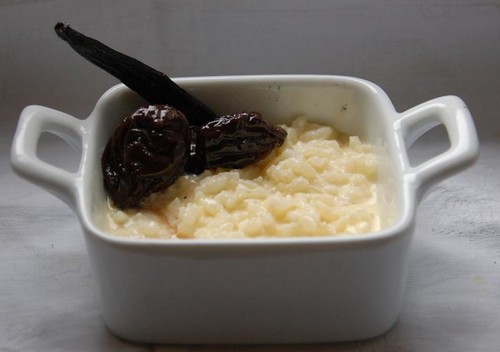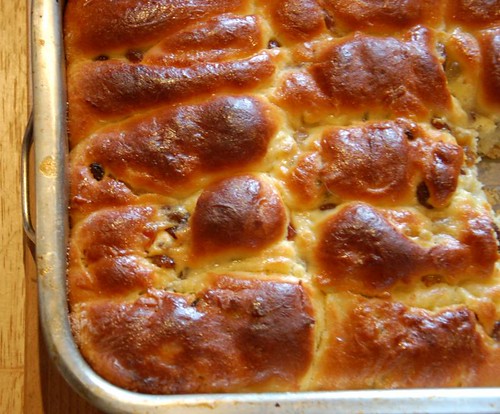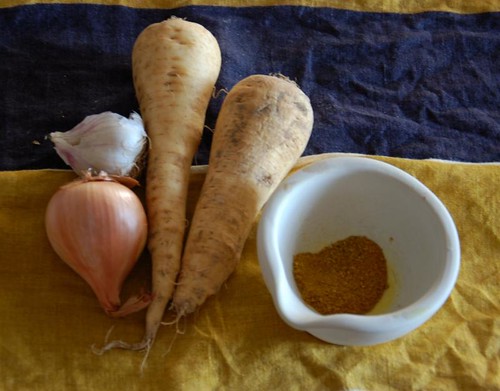
Locked down and with not much to do except cook, I decided to revive my neglected “neglected cookbooks” series with Michael Smith’s Fine English Cookery, published in 1973. Mine’s a paperback reissue from 1998.
Long post, but comes with a recipe worth trying at the end, so scroll on if you just want that!
Michael Smith was a trained chef and restaurateur who was also a broadcaster. His book, while clearly treading the same ground as Jane Grigson’s great English Food, is a reflection of that. Jane herself wrote, “Of the many books on our food, his is my favourite, the one I use most.” Yet the two books have surprisingly few dishes in common, since Smith’s is biased towards restaurant food or at least dishes aimed more at dinner parties than family meals. He does draw on historical recipes, from the eighteenth century onwards but yes, this book reflects how the British middle classes ate and entertained in the 1970s!
The book has a simple structure: soups, “a medley of savoury and vegetable dishes”, principal dishes, puddings, sauces, salads. The soup chapter starts, to my surprise, with a chilled almond soup which immediately makes me think of the Spanish ajo blanco. No garlic or olive oil in this though; it’s simply chicken stock, flaked almonds, nut oil, and cream, thickened with flour. The puddings chapter is rather special too, with some delicious sounding baked puddings and tarts and, of course, a proper recipe for sherry trifle (no jelly).
In a spirit of adventure, I browsed the more unusual soups. Mushroom and mustard soup sounds interesting. But I was stopped in my tracks by chilled pineapple and curry soup. Curiosity got the better of me. It specified a fresh pineapple, but I was not about to waste one by cooking it in chicken stock and liquidising it, so I bought a tin. Other ingredients: curry powder, mango chutney, courgettes, onions, lemon juice. Served with cream swirled into it.

Verdict: it looked like snot. And the taste was pretty strange, flavours battling each other. It wasn’t disgusting, but I certainly won’t be making it again.
Main course: beef olives. I haven’t made these for decades. In the past I used an Italian recipe, with a stuffing featuring lemon zest, pine nuts, and sultanas, and a sumptuous slow-cooked tomato-based sauce. This version had a thoroughly English stuffing: yes, lemon zest featured, but with breadcrumbs, butter, and cooked ham. The sauce was a triumph though; rich with mushrooms, carrots, red wine and port. The only thing wrong with it was that there wasn’t enough of it. I’d halved the recipe but I think I should have made the full quantity of sauce. I have to say it deserves its reputation as a classic dinner party dish: yes, it’s a bit of a faff but it can be prepared entirely in advance, and it looks so much posher than a stew with the same ingredients would. I think the Italian version is superior though.
Pudding: I decided to try Maids of Honour, little tarts allegedly enjoyed by Henry VIII and Anne Boleyn in Richmond. I believe the traditional version of these tarts has curd cheese in it. This one doesn’t; the filling is basically frangipane, similar to Bakewell tart, with a layer of quince jelly in the bottom. They were delicious, albeit too sweet; I’ll reduce the sugar next time. A flaky, crisp pastry case, filling that’s squidgy in the middle (possibly a bit underbaked) and crisp around the edges. Of the recipes I’ve tried from this book, this is the only one I’d make again. Good enough to serve to guests: recipe below.

Read More








